


Time: 2013.08.21
Place: Tangdui Village, Yunnan
People: Xu Gang, Xu Kaixin, Zaxi
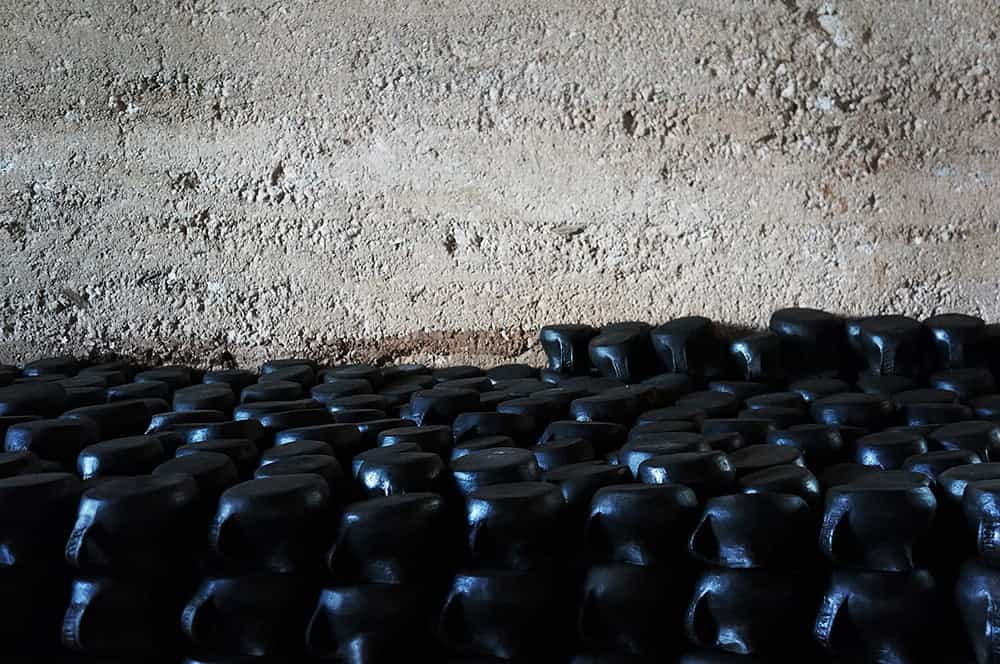
Pottery, of which the essence is earth, takes fire as medium and people as carrier.
Earth is the base of which human beings endowed by the nature. In the history of reproduction, pottery is probably the earliest utensil made by man. A handful of mud is shaped by fire, its plain form pursues practicability and conveys the warmth that a son feels when his mother calls him to return home.
For thousands of years, people have been keeping exploring for, like bronze, iron, clay, stainless steel, different materials with different sorts of beauty. Earth is the essence of pottery. Among those dazzling peers, it stays quietly and aloof. Back home from work, if greeted by a clay pot of soup, one's heart settles down. In the form of mud, pottery carries people's nostalgia and keeps them down-to-earth.
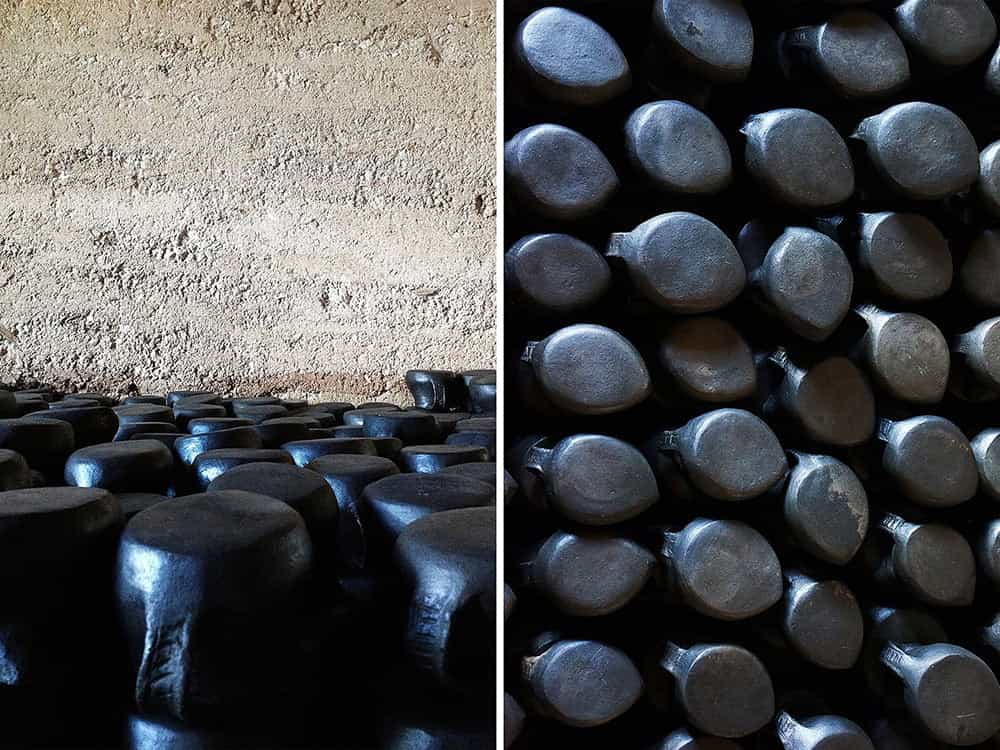
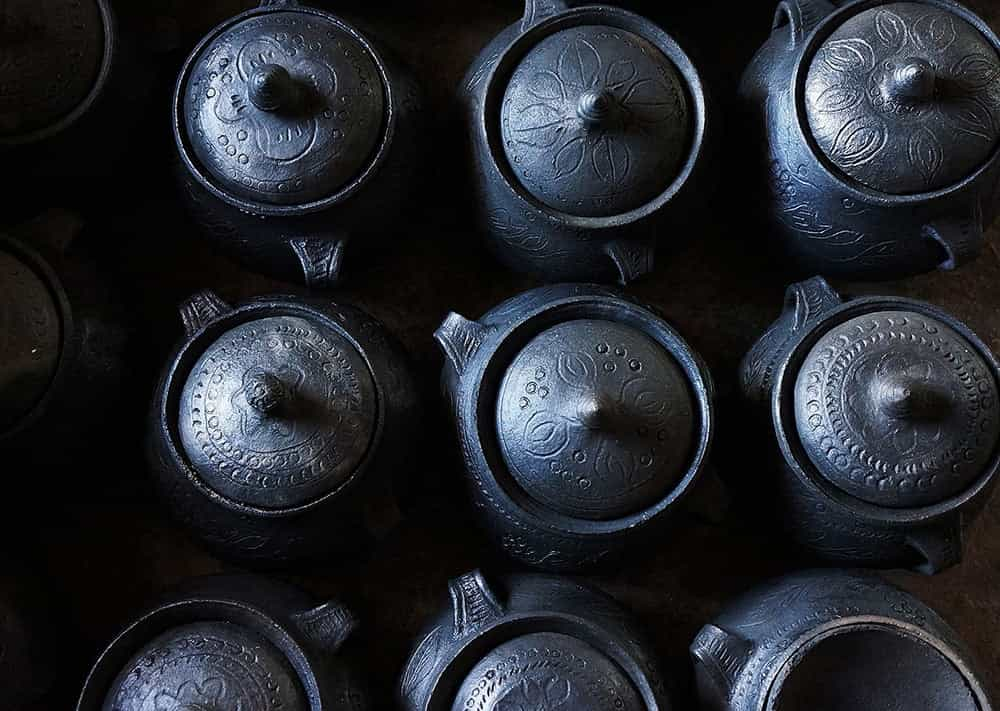
Nixi black clay is located in a Shangri-la deep in plateau. It was in August in 2013 that we went there. Along the road, the sky was cerulean and continuous mountains were green. Nature played the important role while the tiny and decorative villages were embellishing roles. The road reached Tangdui Village. From the height, we enjoyed the overall view. Those buildings of Tibetan style were gorgeous. Modern blue steel tiles scattering on the roof just a bit destroyed the simplicity. Shangri-la was not here.
We had visited many clay bases, in which, as mechanization invaded, ceramics got higher and higher gradually, far away from the earth, and lost amiability and spirits. Though fine, it lost its spirit of being down-to-earth. We were concerned that we might fail finding the root in Tangdui because of rapid invasion of modern civilization. Products of low cost had violently occupied every corner in China, making people to choose a fast and cheap lifestyle. Those abandoned, are not necessarily outdated, may be some kind of heritage, which made you settle down when you hold it.
The Tibetan friend Zhaxi, our guardian, was from a household relocated due to the construction of Shangri-la airport. He was illiterate, but spoke mandarin fluently. He bought a Toyota SUV to be a taxi driver and guardian. He is a local know-it-all, a typical representative of cultural invasion. He didn't know where Tongdui Village or black clay kiln was.
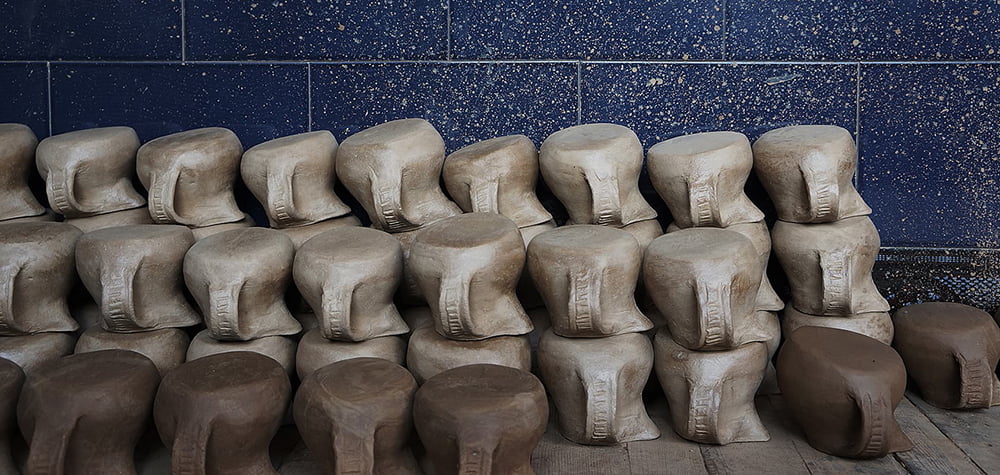
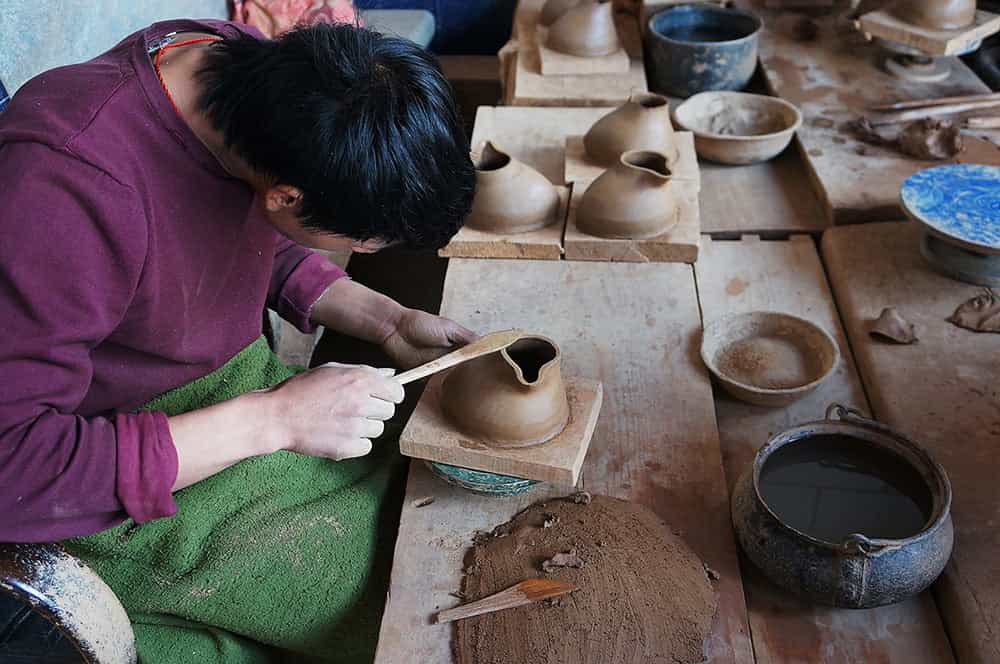
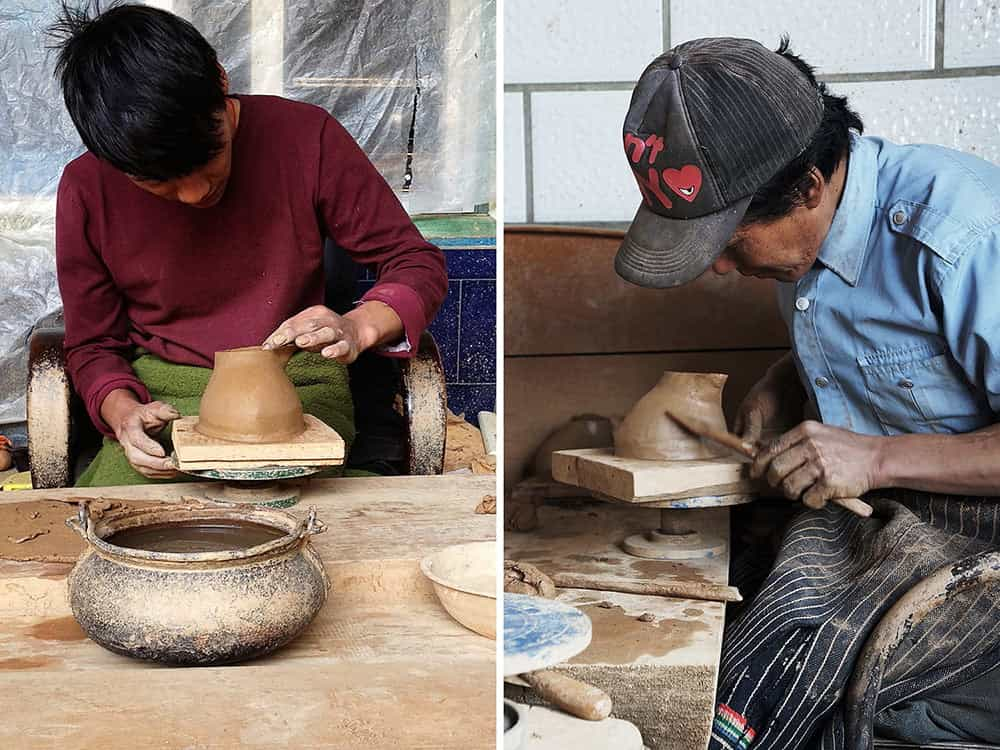
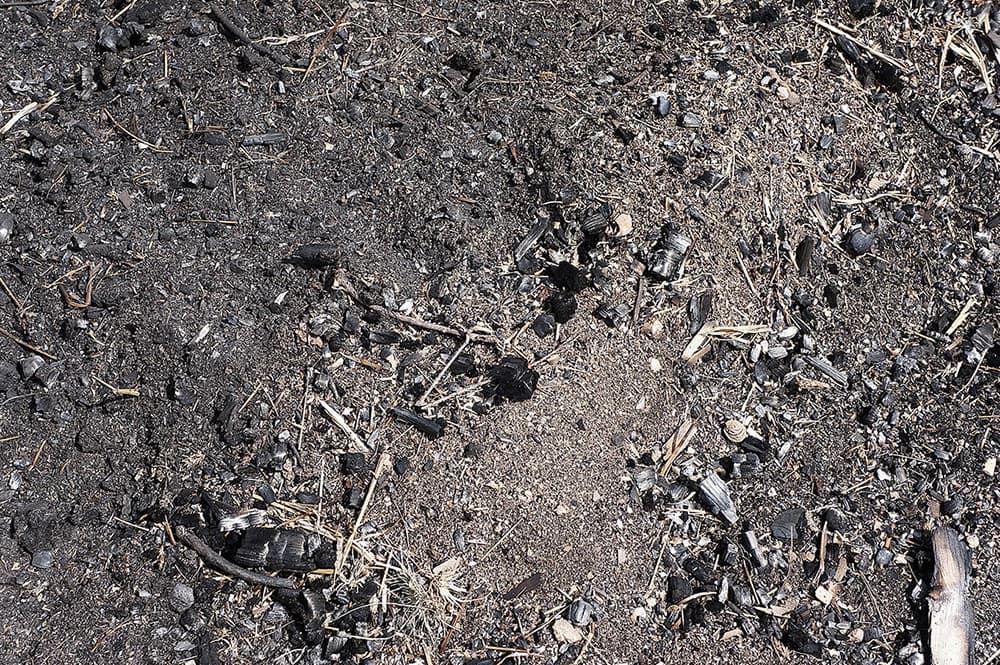
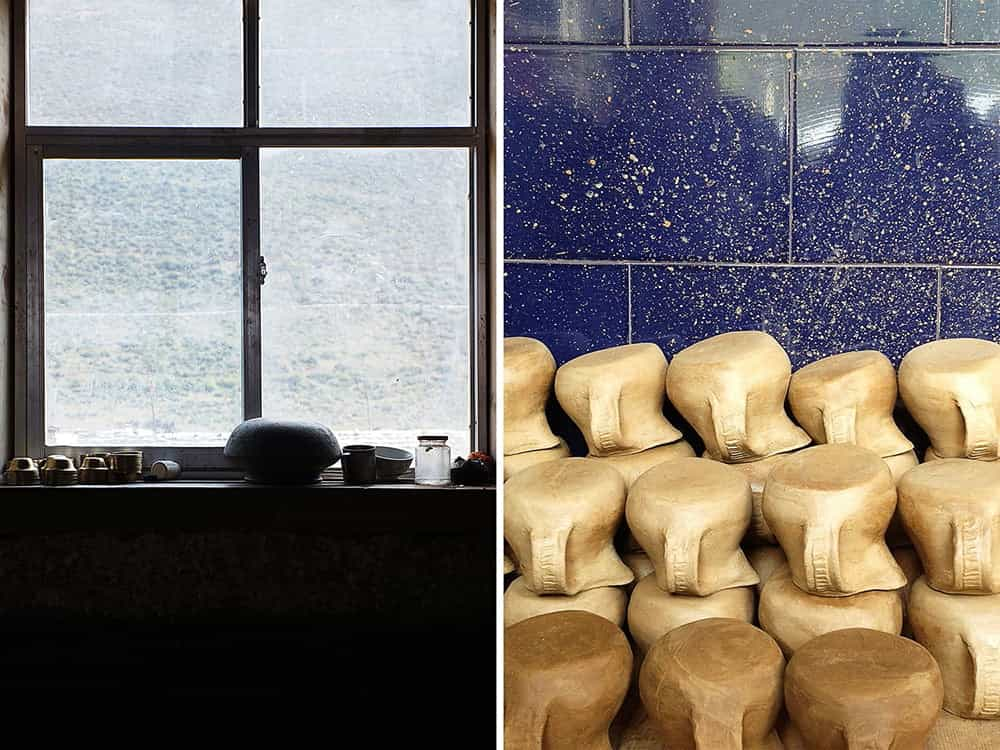
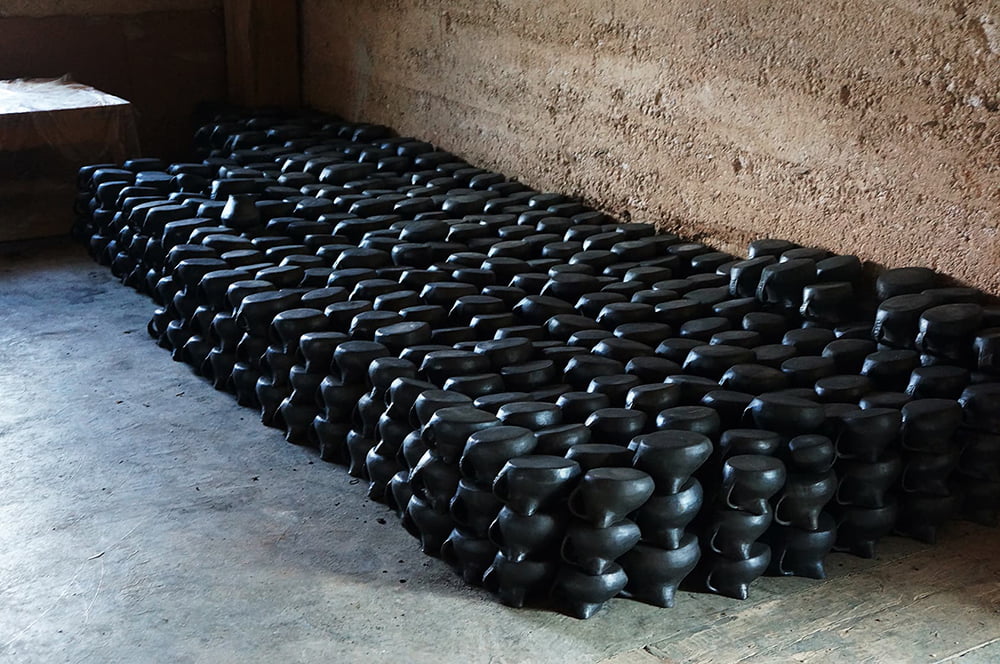
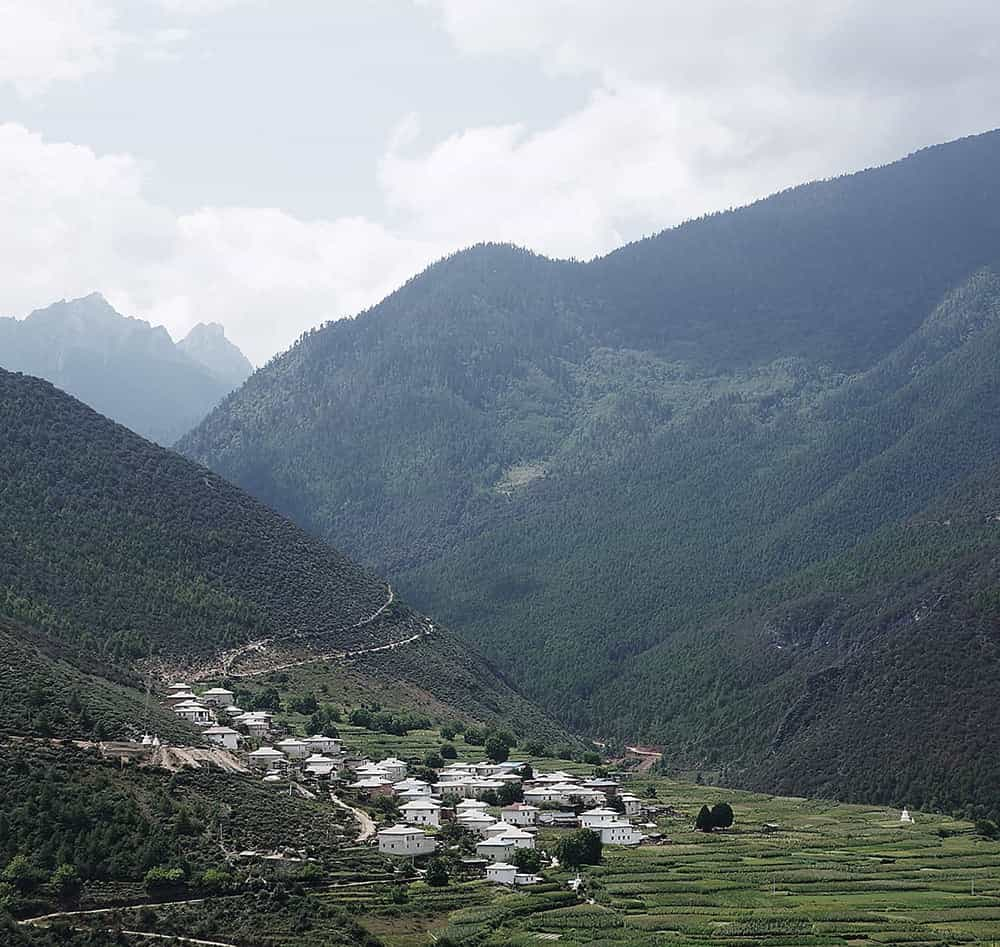
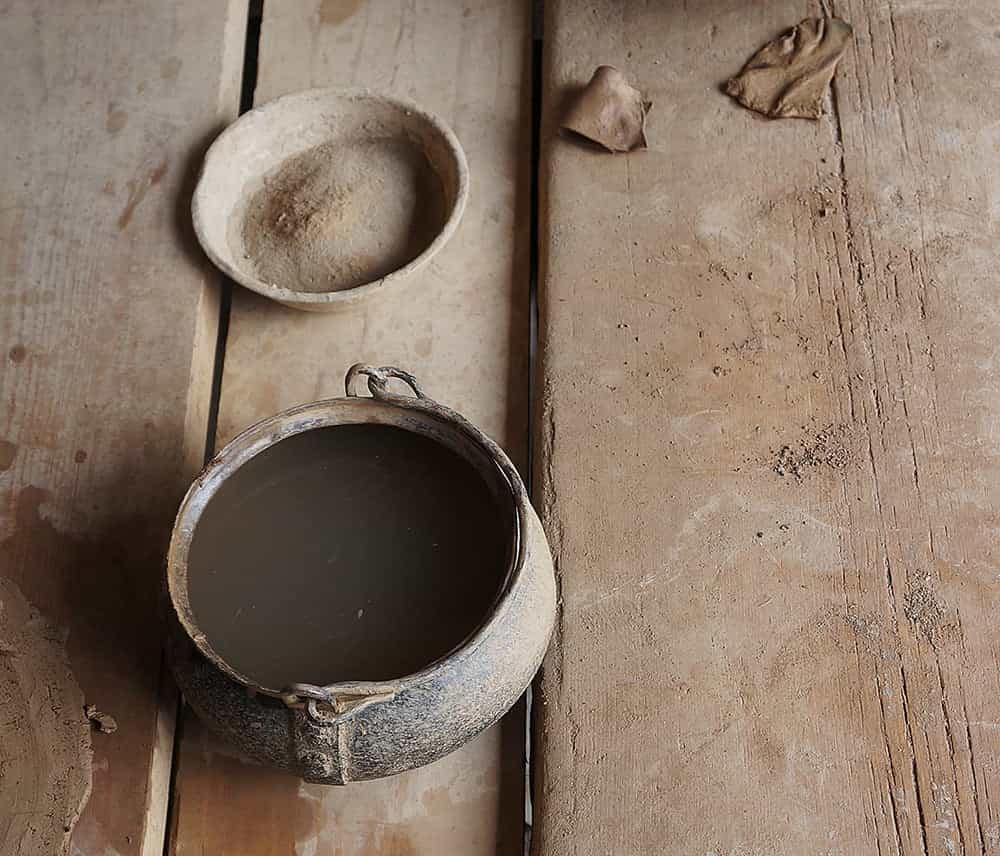
The sunflowers on the entrance to a village were gorgeous. On the plateau, it seemed that all the plants were extremely beautiful, maybe because the background was not in mess. Everything seemed so pure. It was very quiet in the village. We looked around and finally met a man on the basketball court besides the health center. He wore a T-shirt, whose token told us that he was an armed policeman. He pointed to a lower place and said there were people making pottery. My son Kaixin liked the dandelion roadside. Dandelions here were as big as ping-pong balls. He was busy blowing the dandelion.
Zhaxi called the whole family out loudly in Tibetan, and then came back to us. My son was attracted by a pile of hey and ash, and played with them. He also picked up an unburned pine cone. Urged by me, he entered the yard.
In a corner of corridor on the first floor, an uncle and his nephew both in Han-style clothes were making pots for butter tea. There was nothing special. With a backing plate and a self-made wooden piece, they put a piece of clay on the round plate, patted the piece with a hand and the wooden piece in the other hand, drew the bottleneck, and shaped a pointed lip. Adding a handle, the pot was finished, without machinery or electricity. On the other side of corridor, several dozens of finished butter pots of yellow clay, some of which were covered by a plastic film to protect them from deformation and cracking.
The family name of this household was He. The nephew led us to upstairs, where hundreds of butter pots and several big earthen pots displayed in order. There are only three kinds.
I looked around for a while and failed finding the kiln. After asking I knew that there was no kiln, and pottery was made outdoors. When the mud bases are finished, stacked them together and set firewood around them. After half of an hour's firing, wood powder and ash were added. Simmered for another half of an hour, were picked out then. After injecting white milk powder zanba water and quenching, the procedure was completed. It was so easy. In open flames, Nixi pottery was common earthy red, and turned black under the coverage of black ash. The black ash, about which Kaixin was obsessed, turned out to be relics of firing.
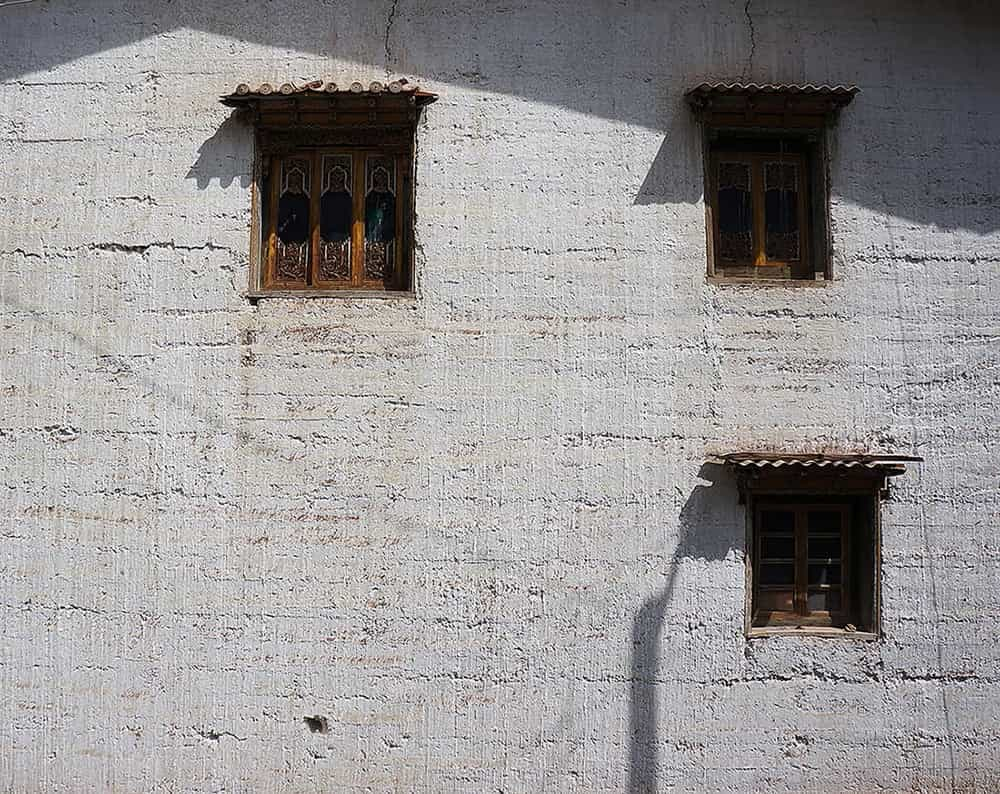
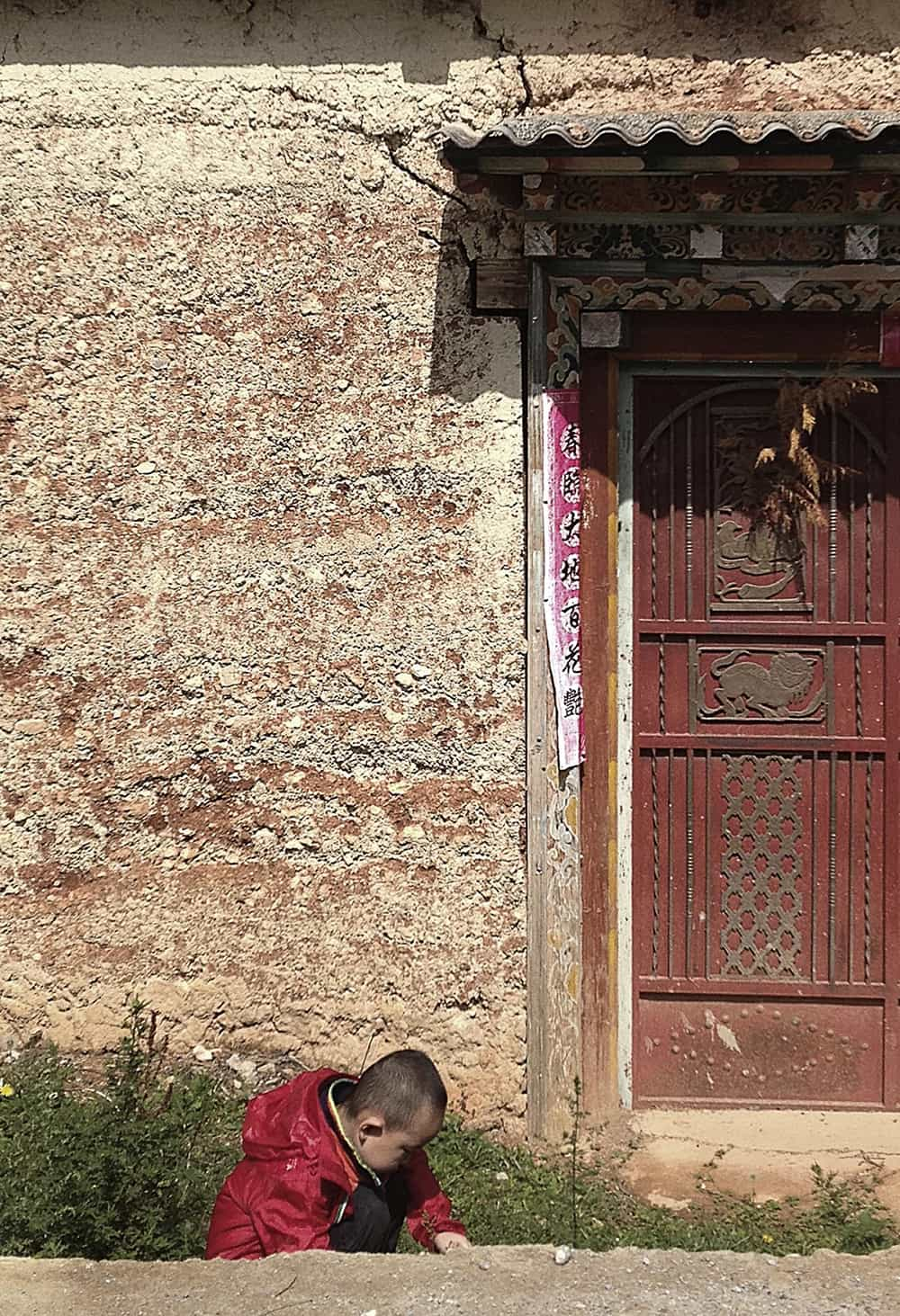

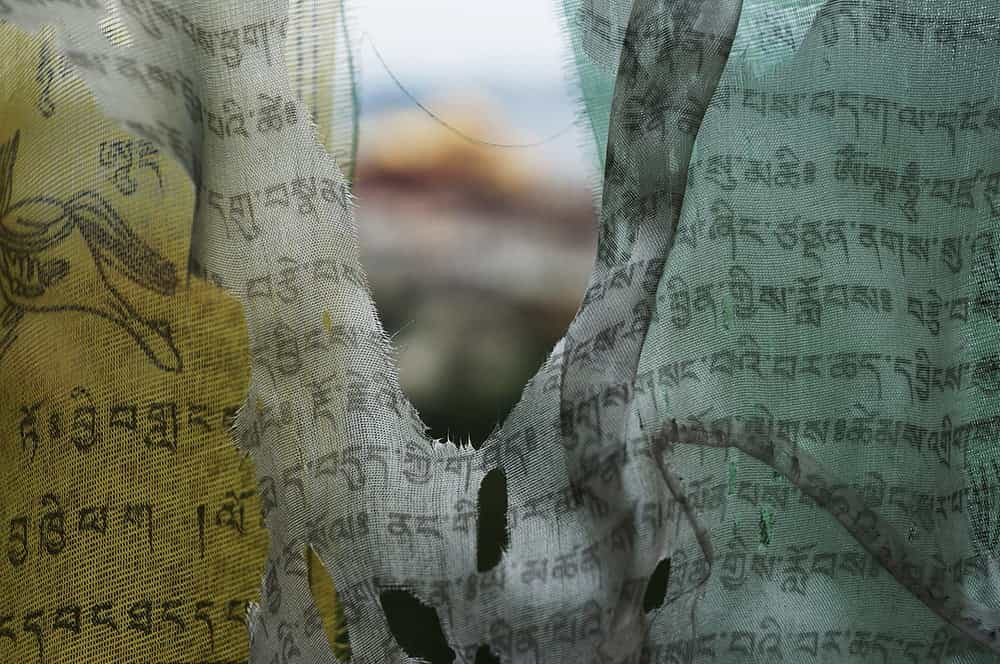
For intangible cultural heritages, heritage is the core. Black pottery is produced to meet the needs of life. In a family like the Hes, invasion of clothes is the most obvious one. In daily life, they seldom wear their ethnic clothes, though what they wear are not Han clothes because Han clothes have been changed by its western peers. The invasion also happens in articles of daily use. Their pots are made of stainless steel, which is more practical. This is change of the time. This pace cannot be altered.
Gradually, demand of market was decreasing. Only under the purposely protection of the public, it cannot keep its vitality. If without the original touching simplicity, what would Nixi black clay live by? We liked the texture of black clay, so we wanted to keep contact with them. The nephew gave us his sister's telephone number, and said she used Wechat.
On the road back, I was lost in thought, will clay have a new era?
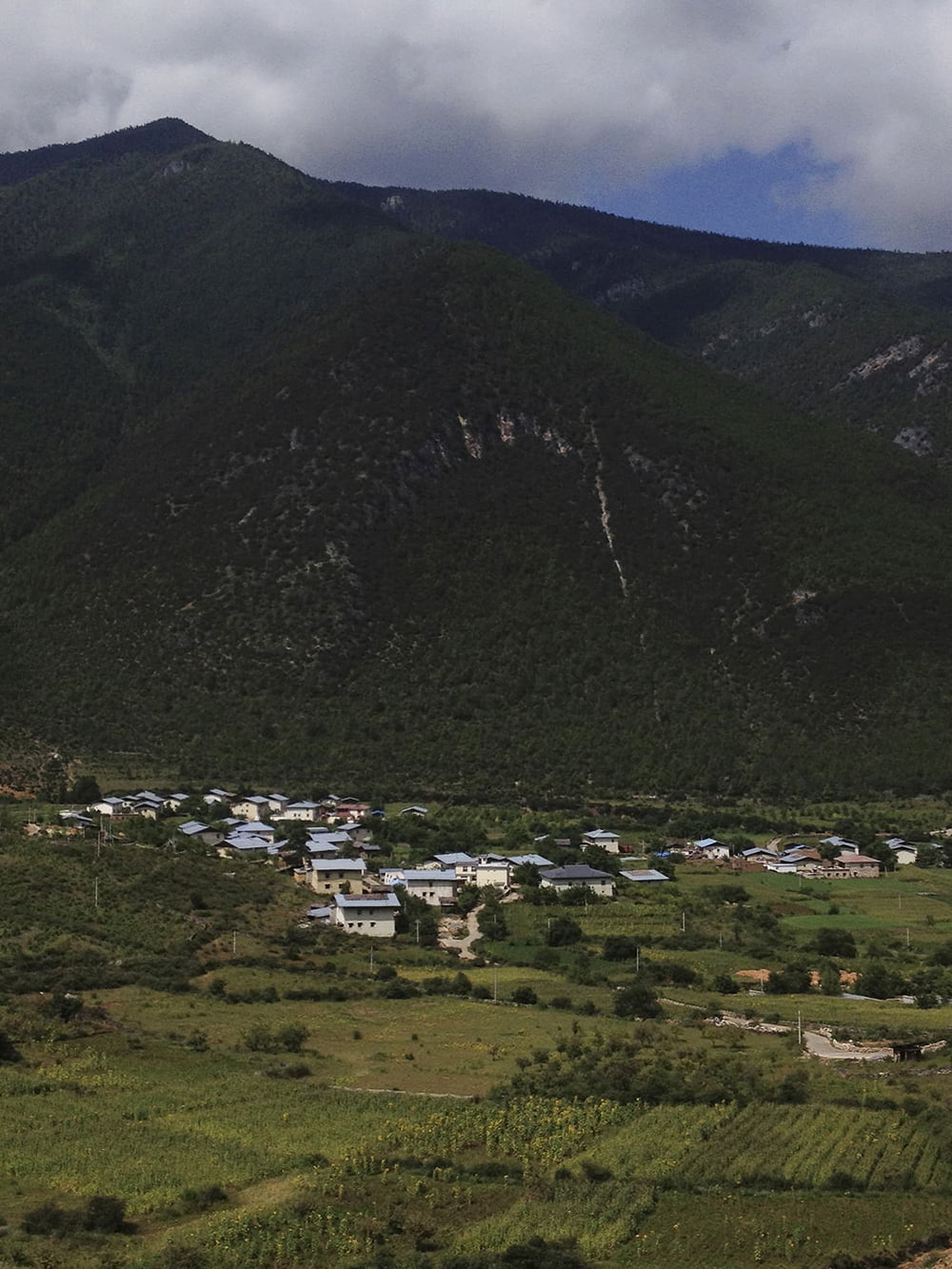

- Contact
+8620 8977 0506
- Press
press@bentudesign.com
- Enquiry & Sales
info@bentudesign.com
